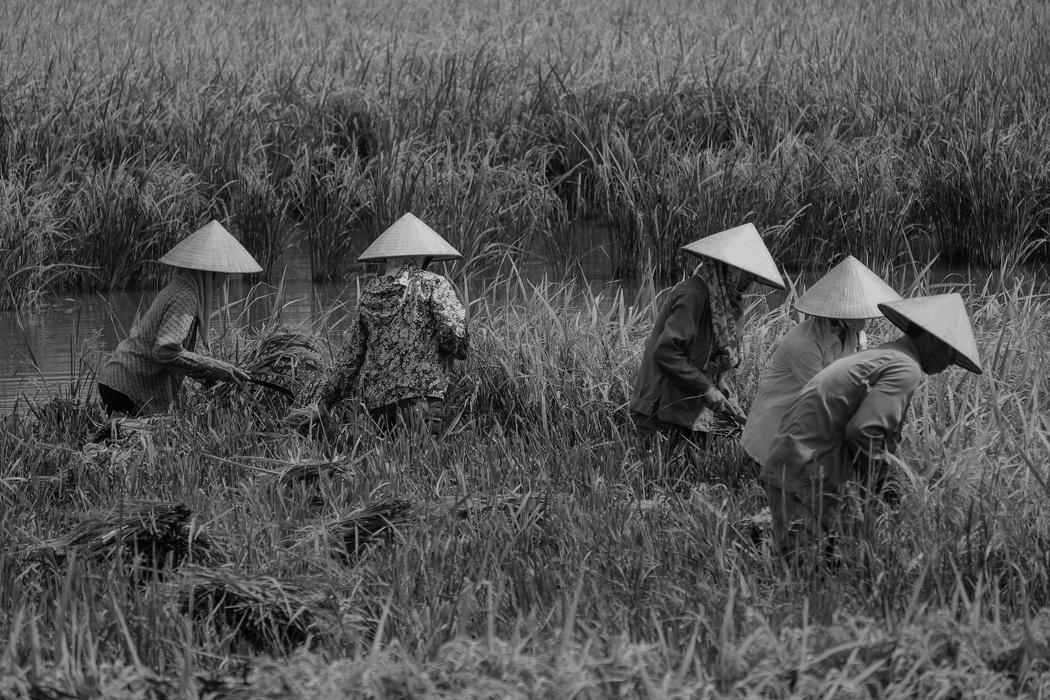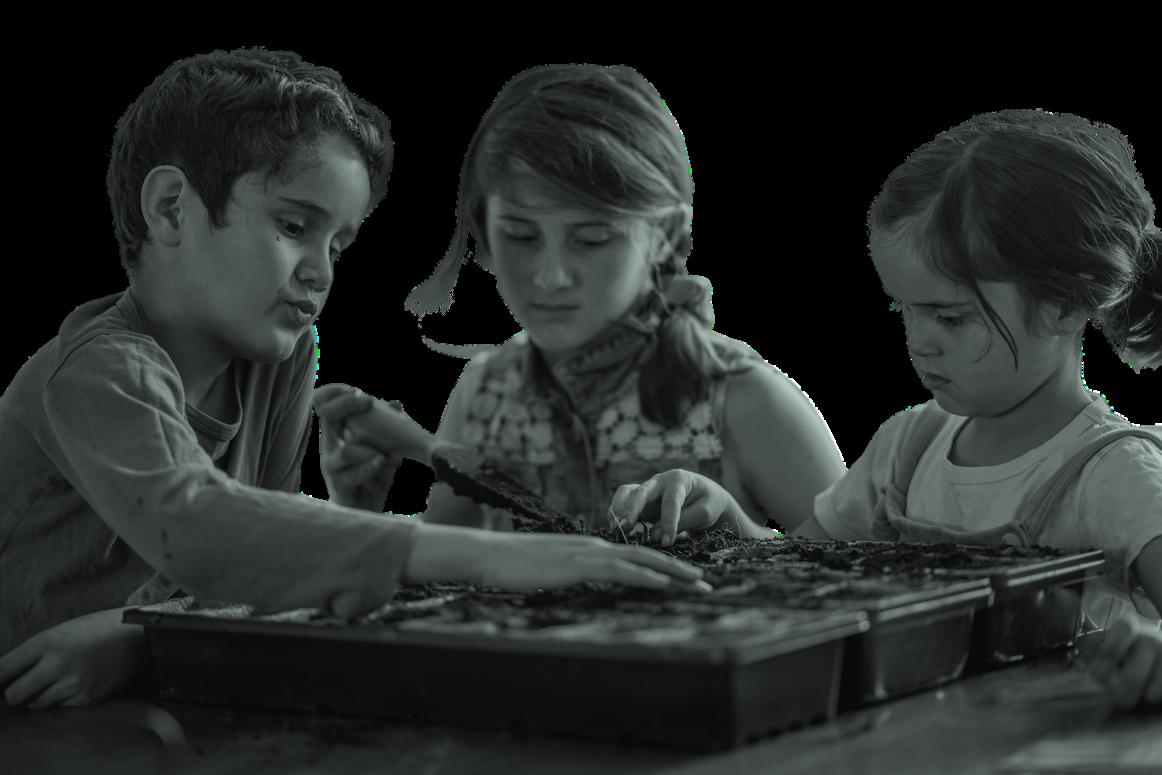
1 minute read
RICE TARRIFICATION LAW
Traces of Modern Philippine agriculture became most visible to the outside world at the height of the Spanish regime when industries were encouraged and

Advertisement
With the election of President Ferdinand E. Marcos, Vice President Lopez for the second time became the Secretary of Agriculture and Natural Resources, and also the racezar of the new administration For the first time of the Philippines became a rice exporter in 1968.
Under Martial law, by virtue of PD 461, The DANR was recognized in May 1974 into two departments, namely; The Department of Agriculture and The Department of Natural Resources. On June 22, 1978, by virtue of P.D. 1397, all departments were changed to ministries. At the helm of the Ministry of Agriculture was Minister Arturo R. Tanco, Jr (1974-1984) who launched the innovative Masagana 99 rice production program which revolutionized the rice industry and made the Philippine a rice exporter and self-sufficient in white corn. By virtue of PD 461, in June 1978, MA established 12 Regional offices each headed by a Regional Director.
Secretary Arthur C. Yap, appointed on August 23, 2004, continued to uphold the vision of a modernized smallholder agriculture and fisheries, a diversified rural economy that is dynamic, technologically advance and internationally competitive. Under his term, Goal 1 (develop two million hectares of new lands for agribusiness to contribute two million to the 10 million jobs targeted by 2010) and Goal 2 (make food plentiful while keeping the price of "wage goods" at low prices) were unveiled
When Secreta gressively and consistently im he attainment of food security and self sufficiency. Under FIELDS, the government’s centerpiece program on agriculture, unveiled during the 2008 Food Summit, Yap has set achievement records for the Philippine agri and aqua sectors.
On June 30, ongressman of Quezon an y. One of the principal aut Act of 2010, he is keen o by 2013 by expanding ar rmlands.

He introduced the concept of Agrikulturang Pilipino or Agr-Pinoy as the Department of Agriculture's over-all strategic framework that serves as a guide in the implementation of its various services and programs in 2011-2016 and beyond. Agri-Pinoy optimizes the development of Philippine resources, natural and human, to achieve goals in agriculture and fisheries, and contribute to national development with its battlecry.
"Sa Agri-Pinoy, asenso'y tuloy-tuloy".











